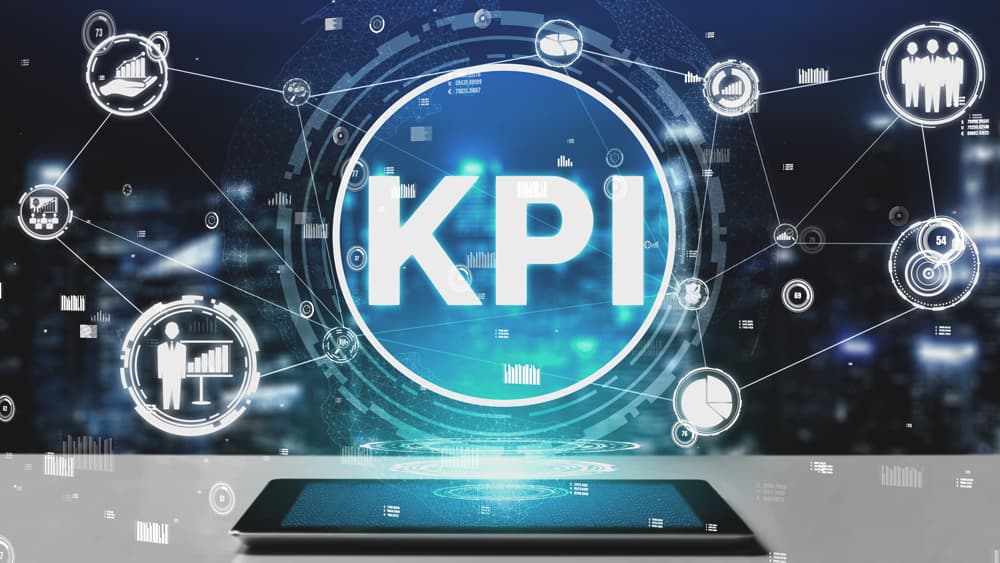External Alignment and Collaboration
In an increasingly global and connected world, companies rarely execute supply chain operations themselves, but must outsource certain tasks. To make sure that supply chains across several companies run smoothly, external alignment is essential. In this article, we’ll discuss everything you need to know about external alignment.
What is external alignment?
Nowadays, a single company is rarely executing all steps necessary to create a product or deliver a service. Instead, there is a network of partners that source, design, assemble, and ship a product to the customers. All of which need to be aligned in order to ensure business performance and customers satisfaction.
External alignment refers to aligning all actions and decisions with all partners in the network that contribute to a product or service, in order to make sure that customer value can be reached.
Why is external alignment important?
External alignment ensures smooth cooperation between these numerous supply chain partners. Supply chains have become increasingly complex. With companies often only knowing their first and, maybe, second tier connection, losing oversight over who is responsible for what.
If the supply chain network is not aligned with the overall business strategies, consequences can include a rise in costs, a drop in revenue, and an increase in overall risk. A lack of alignment then can therefore lead to overall poor business performance.
What makes external alignment so challenging?
There is a series of factors that influence a business’ ability to achieve alignment throughout their supply chain network.
For example, increasing uncertainty and globalization lead to more fluctuations and more susceptibility to all types of external changes, e.g. changes in exchange rates. Further, lifecycles of products are decreasing, and customers demand a greater variety of products. This shrinks the window of opportunity within which a particular supply chain strategy fits. Lastly, quicker developments and changes in technology and the increasing demand to account for sustainability require the whole supply chain network to adapt to changing conditions and requirements constantly.
These and many more factors put pressure on supply chain networks and demand a high degree of adaptability and flexibility, while maintaining speed and quality.
How to achieve external alignment?
Information sharing is the key aspect for alignment amongst parties in a supply chain network. Without having all the relevant information to make decisions, a business cannot know what customers want. Besides, without the right information businesses don’t know how much inventory is in stock, and when more products should be produced. Ultimately, information is the key to supply chain visibility, which allows decisions to be made in service of improved supply chain performance.
Information is thus the glue that allows all supply chain partners to work together to create an aligned and coordinated supply chain network. This leads to an increase in overall business performance.
 Now you know
Now you know
Now you know the meaning of external alignment in Supply Chain Management, why it is crucial for every organization, and what makes it so challenging to achieve. You discovered that external alignment ensures smooth cooperation between numerous supply chain partners. Therefore, a lack of alignment can lead to serious consequences. For instance, if the supply chain network is not aligned with the overall business strategies, it may result in rising in costs, a drop in revenue, an increase in overall risk and poor business performance. Information sharing is a key aspect for alignment amongst parties in a supply chain network.
You might want to learn more about

Business games
A high-performing value chain needs the collaboration of team members from across the organization. Tearing down silos and creating the right cross-functional mindset, however, can be a serious challenge. So, what do you need in order to achieve success? Ideally, you’d like your team to experiment with different scenarios wherein they learn to overcome various obstacles.

Sales & Operations Planning
Sales & Operations Planning is indispensable in organizations with a large flow of goods. Yet many companies are struggling with it. Understanding what S&OP is all about, why it is important, and what pitfalls your business needs to avoid is crucial in leading successful company!

Total Cost of Ownership
When buying new equipment, the price tag only tells you part of the story. Energy costs, maintenance, and repair fees are often several times higher than the initial price! But often these are left unconsidered and hold nasty surprises further down the line. Calculating the Total Cost of Ownership is an important step when planning new investments.

Strategic Alignment
Understanding what strategic alignment really is and why it is important can make the difference between being a successful company and failing. Due to its complexity, the supply chain often faces challenges in aligning its strategy properly and working as one. In this article, Inchainge discusses everything you need to know about strategic alignment.

Key Performance Indicators
Setting Key Performance Indicators (KPIs) is essential for businesses to keep track of their successes, failures, strengths, and weaknesses. Understanding which KPIs are important for your business – and for managing your value chain – is crucial for growing your business organically while not losing sight of your targets. Our business simulations challenge the traditional interpretation of KPIs and help you set cross-functional and aligned targets.
Dive into our
knowledge base
Alignment
Blended learning
Experiential learning
Learning
Supply chain
Sustainability
- Sustainability
- Carbon footprint
- Circular Economy
- Does Green Governance drive the ride to a sustainable future?
- Everything You Need To Know About Eco-Efficiency
- Greenwashing: Everything you need to know
- Is it possible to measure the Triple Bottom Line?
- Sustainability v/s Circularity
- The 3Ps Series: People
- The 3Ps Series: Planet
- The 3Ps Series: Prosperity
- The Butterfly Diagram
- The Value Hill
- What are the 3Ps of Sustainability?
- What do we know about the Triple Bottom Line?

